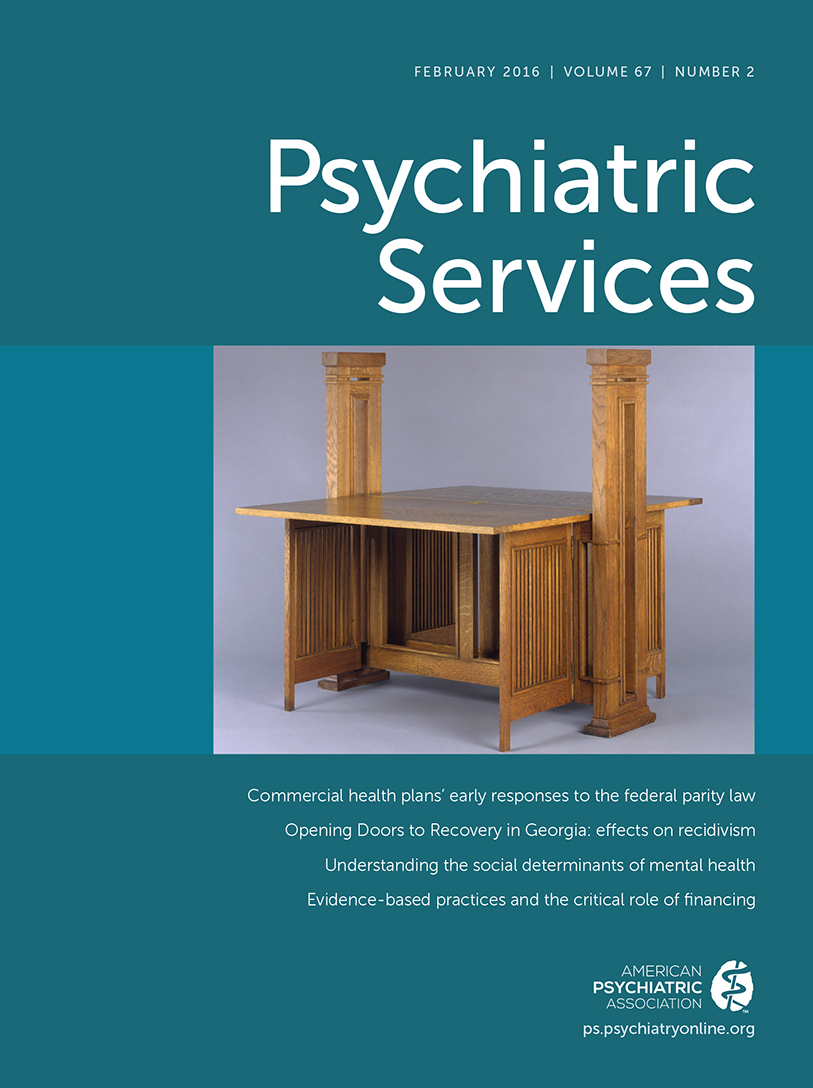Health Plans’ Early Response to Federal Parity Legislation for Mental Health and Addiction Services
Abstract
Objective:
In 2008, the federal Mental Health Parity and Addiction Equity Act (MHPAEA) passed, prohibiting U.S. health plans from subjecting mental health and substance use disorder (behavioral health) coverage to more restrictive limitations than those applied to general medical care. This require d some health plans to make changes in coverage and management of services. The aim of this study was to examine private health plans’ early responses to MHPAEA (after its 2010 implementation), in terms of both intended and unintended effects.
Methods:
Data were from a nationally representative survey of commercial health plans regarding the 2010 benefit year and the preparity 2009 benefit year (weighted N=8,431 products; 89% response rate).
Results:
Annual limits specific to behavioral health care were virtually eliminated between 2009 and 2010. Prevalence of behavioral health coverage was unchanged, and copayments for both behavioral and general medical services increased slightly. Prior authorization requirements for specialty medical and behavioral health outpatient services continued to decline, and the proportion of products reporting strict continuing review requirements increased slightly. Contrary to expectations, plans did not make significant changes in contracting arrangements for behavioral health services, and 80% reported an increase in size of their behavioral health provider network.
Conclusions:
The law had the intended effect of eliminating quantitative limitations that applied only to behavioral health care without unintended consequences such as eliminating behavioral health coverage. Plan decisions may also reflect other factors, including anticipation of the 2010 regulations and a continuation of trends away from requiring prior authorization.



